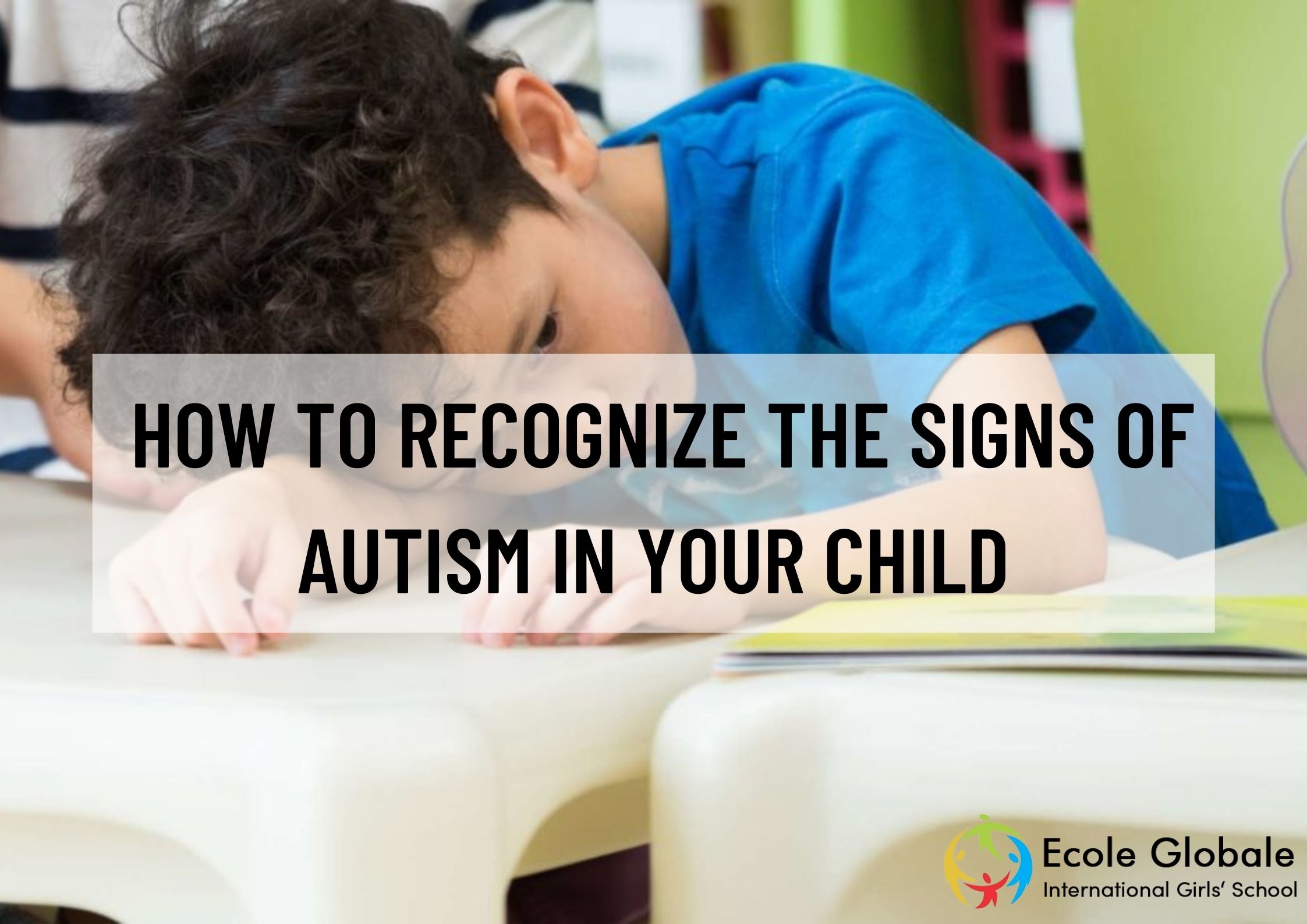If you have a child who is between the ages of 18 months to 3 years old, read on. There are some important signs of autism that could be present in your child. But don’t worry if these signs are detected by a medical professional, some treatment options can help remedy the condition. More and more children are being diagnosed with Autism Spectrum Disorder (ASD) every day, and it can be hard to watch your child struggle with what seem to be unrelated symptoms. If you suspect that your child might have autism but aren’t yet sure, it may help to familiarize yourself with the signs and symptoms of autism.
For parents of children at risk for autism, it can be tough to know when your child is exhibiting early signs of the condition. The disorder negatively impacts social, behavioural and cognitive skills. Symptoms usually don’t appear until the child is two years old, but there are warning signs that may become apparent earlier. If you’re concerned your child might be autistic, here are some behaviours to keep an eye out for.
Also Read: TEACHING MATH TO AN AUTISTIC CHILD
Autism
Autism spectrum disorder (ASD) is a developmental disability that can lead to significant social, communication and behavioural challenges. There is often nothing about how people with ASD look that sets them apart from other people, but people with ASD may communicate, interact, behave, and learn in ways that are different from most other people. The learning, thinking, and problem-solving abilities of people with ASD can range from gifted to severely challenged. Some people with ASD need a lot of help in their daily lives; others need less.
A diagnosis of ASD now includes several conditions that used to be diagnosed separately: autistic disorder, pervasive developmental disorder not otherwise specified (PDD-NOS), and Asperger syndrome. These conditions are now all called autism spectrum disorders.
ASD occurs in all ethnic, racial, and economic groups. Although ASD can be a lifelong disability, treatments and services can improve a person’s symptoms and ability to function. Research shows that early intervention leads to positive outcomes later in life for people with ASD.
Many children with autism show signs of the disorder during the first three years of life
It can be difficult to predict an exact age when symptoms will become obvious, but many parents and doctors begin to notice a problem around 18 months of age.
The symptoms of autism are typically grouped into two categories: problems with social skills and repetitive behaviours. Many people with autism also have intellectual disabilities or other medical conditions.
In some cases, a child may exhibit all the signs of autism and yet seem to recover later in childhood. This is referred to as high-functioning autism.
The term “high-functioning” is used to describe people with autism who have above-average intelligence. People with high-functioning autism may speak fluently, but still, have trouble understanding or relating to what others say.
Though each child is different, there are a few common signs of autism to look out for. The earlier you recognize these signs, the better you can help your child.
One of the most common signs of autism in toddlers is the lack of eye contact
When a baby is first born, its primary means of communication is crying. But as they develop and grow, they learn to communicate with their parents using other methods, such as eye contact, facial expressions, gestures and sounds.
It’s not uncommon for children on the autism spectrum to show a lack of interest in looking at other people or avoiding eye contact altogether. This can be misinterpreted by others as being rude or disrespectful when it’s not intended that way. Some children on the autism spectrum may prefer not to look at anyone because it can be overwhelming for them.
For parents that suspect their child might have autism, there are many resources available to learn more about this developmental disorder and its symptoms.
Given below is the list of signs and symptoms of children below the age of 1
In children under 12 months old: Not responding to his or her name
In children under 12 months old: Not pointing at objects to show interest (pointing at an aeroplane flying over)
In children under 12 months old: Not following objects visually or following movements with his or their eyes
In children under 12 months old: Not looking at objects when another person points at them (parent pointing at a dog)
Conclusion
We’ve compiled a list of common signs of autism in children. If your child exhibits any one of these symptoms, it’s important to see a doctor as soon as possible.
1) Lack of interest in other children
2) Not responding to their name by 12 months old
3) Avoiding eye contact and wanting to be alone
4) Trouble understanding other people’s feelings
5) Repeating words or phrases over and over (echolalia)
6) Giving unrelated answers to questions
7) Getting upset by minor changes
8) Having obsessive interests
9) Flapping their hands, rocking their body, or spinning in circles
For any queries related to parenting, schooling, or for any student-related tips, click here to check out our latest blogs






